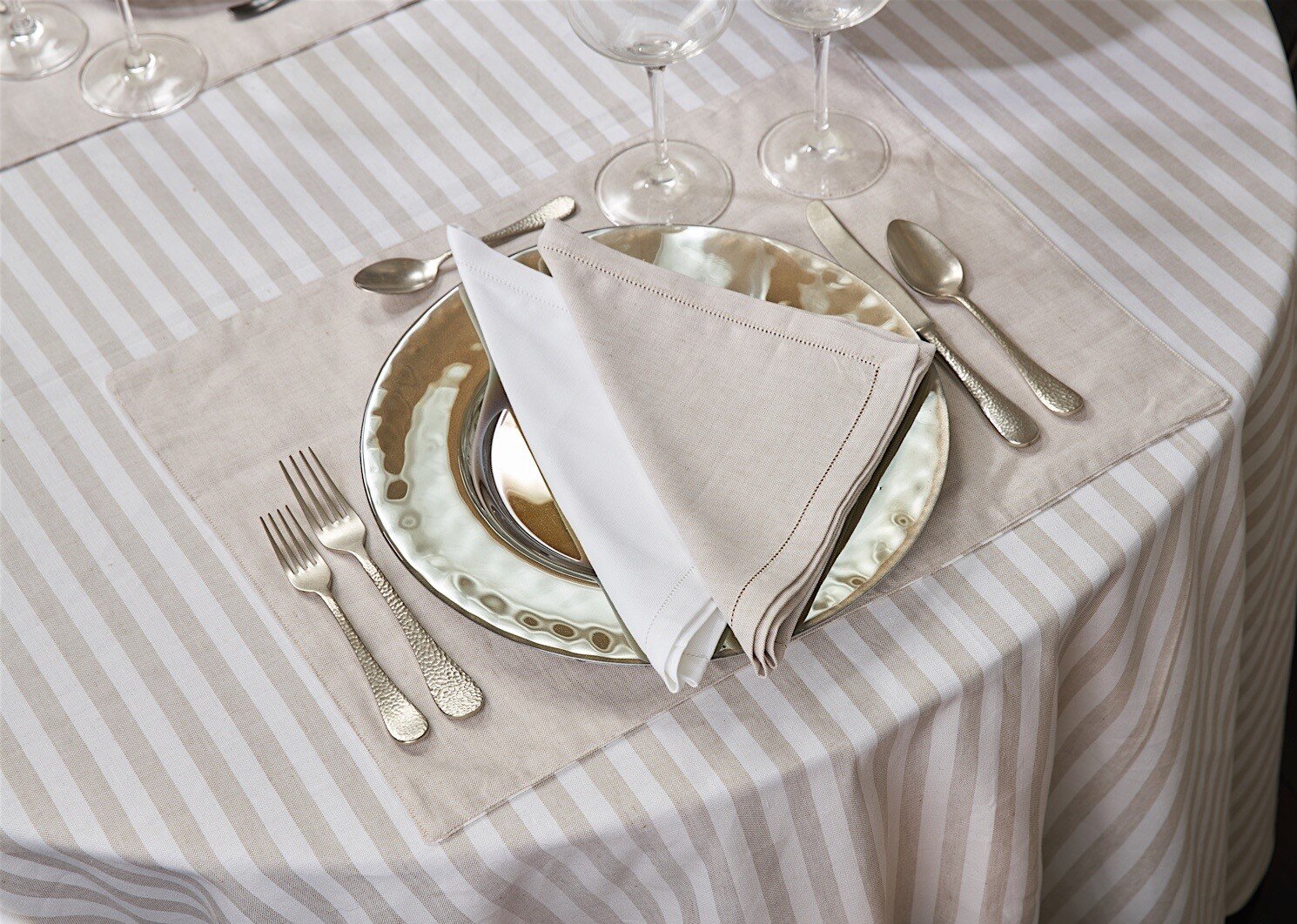Bed Linen Material: Recognizing the Origins, Qualities, and Benefits of This Lavish Natural Material
Bed linen, the sophisticated and polished fabric known for its lavish feeling and ageless appeal, has an abundant history that dates back centuries. Past its historic relevance, bed linen possesses distinct qualities that set it apart from various other fabrics, making it a popular option in the world of fashion and interior layout.
Historic Roots of Bed Linen
Linen, a textile with ancient origins, has played a substantial function throughout background because of its amazing buildings and versatility. Going back to ancient worlds, linen has actually been a prized fabric for its remarkable breathability, longevity, and luxurious feeling. Making use of bed linen can be traced to ancient Egypt, where it was made use of for apparel, funeral shrouds, and also as a form of currency. The ancient Greeks and Romans also valued linen for its convenience and style, commonly using it for garments used by the wealthy elite.
In medieval times, linen remained to be highly esteemed, with its production coming to be a considerable market in Europe. The convenience of linen made it a staple material for garments, home products, and even cruises for ships. During the Renaissance, bed linen was more elevated in condition, with its usage in fine garments and house linens symbolizing wealth and social standing.
Unique Characteristics of Bed Linen
Popular for its outstanding breathability and sturdiness, bed linen fabric boasts distinct characteristics that have actually made it a favored textile for centuries. One of the vital attributes of bed linen is its unequaled breathability, which permits air to move via the fabric conveniently.
Bed linen textile additionally ends up being softer and a lot more comfortable with each clean, enhancing its appeal over time. Its capacity to stand up to dust and spots, along with its hypoallergenic buildings, better contribute to the attraction of bed linen as a premium textile choice.
Advantages of Using Bed Linen
With its extraordinary breathability and toughness, bed linen material uses a wide variety of advantages that make it a popular choice for different clothing and house things. Among the main advantages of utilizing bed linen is its breathability. Linen fibers are hollow and permit far better air flow, keeping the body cool and comfortable in heat. Additionally, bed linen is extremely absorbing, with the ability of soaking up moisture without feeling wet, making it excellent for summertime garments.
Additionally, linen is a resilient material that becomes softer and much more comfortable with each laundry, making certain durability and lowering the need for constant replacements. This sturdiness likewise reaches its resistance to moths and carpet beetles, making bed linen products less susceptible to harm contrasted this to other products.
Furthermore, linen is a sustainable selection, as it is made from the flax plant, which calls for less water and chemicals to expand contrasted to cotton. Its natural fibers are also eco-friendly, adding to environmentally pleasant methods. Finally, the advantages of utilizing linen incorporate comfort, resistance, durability, and sustainability to insects, making it a flexible and attractive choice for various applications.
Versatile Applications of Bed Linen

Furthermore, bed linen's adaptability goes beyond the garment industry, discovering its location in numerous home style things. Linen drapes bring a touch of underrated high-end to living areas, allowing natural light to infiltrate while including structure and depth to the room. Bed linen bed linen is another popular selection, known for its breathability and capability to maintain sleepers cool down in the summertime and cozy in the winter. Padding covers, table bed linens, and even furniture take advantage of linen's versatile buildings, adding a touch of elegance and comfort to any home setup.
Sustainability in Bed Linen Manufacturing

Furthermore, linen is a biodegradable material, guaranteeing that at the end of its lifecycle, it will naturally decompose without harming the environment. The longevity and long life of linen products likewise add to sustainability by lowering the regularity of replacements. In addition, bed linen's all-natural protecting residential properties can aid conserve power by maintaining individuals cool in heat and warm in colder climates, potentially lowering the reliance on artificial heating and cooling systems. Embracing linen as a sustainable choice read what he said in textiles aligns with the growing worldwide focus on environmentally mindful methods in different markets.
Conclusion
In conclusion, bed linen textile has an abundant historical background, distinct characteristics, and numerous benefits. Linen's unique properties such as breathability, resilience, and moisture-wicking capabilities establish it apart from other materials, making it a luxurious and useful option for apparel, home fabrics, and various other items.
During the Renaissance, linen was further elevated in status, with its use in fine garments and home linens representing riches and social standing. (flat sheet)
Distinguished for its outstanding breathability and resilience, linen material flaunts distinct features that have made it a popular fabric for centuries.With its exceptional breathability and durability, bed linen fabric offers a multitude of advantages that make it a prominent choice for numerous garments and home items. Cushion covers, table bed linens, and also upholstery advantage from linen's flexible buildings, adding a touch of refinement and comfort to any kind of home setting.
Bed linen's distinct properties such as breathability, longevity, and moisture-wicking capabilities set it apart from various other fabrics, making it a sensible and glamorous selection for clothes, home fabrics, and various other products.